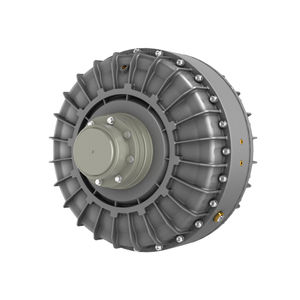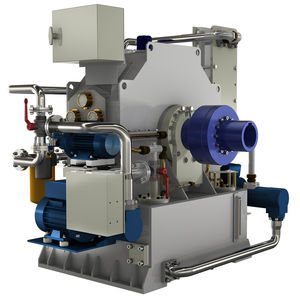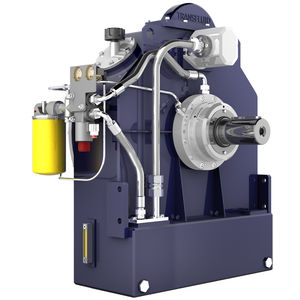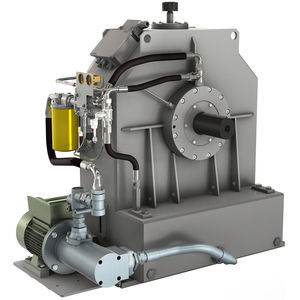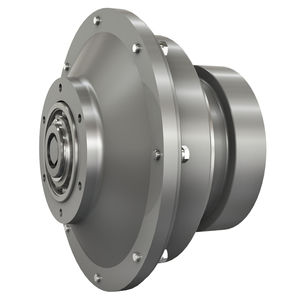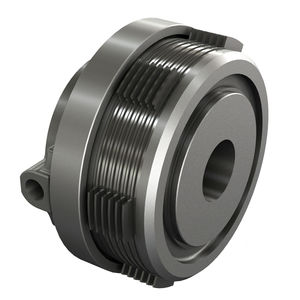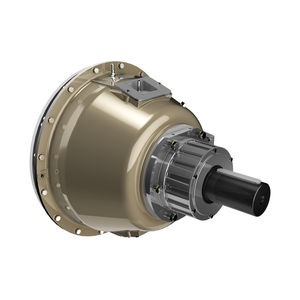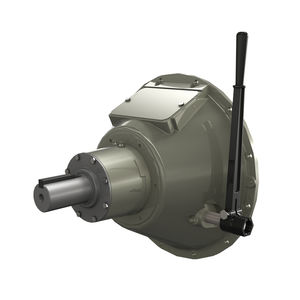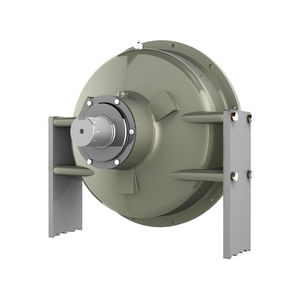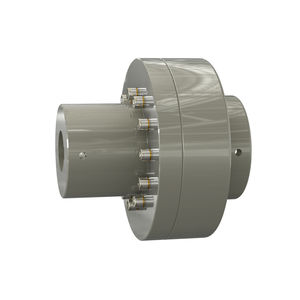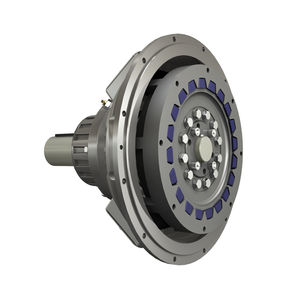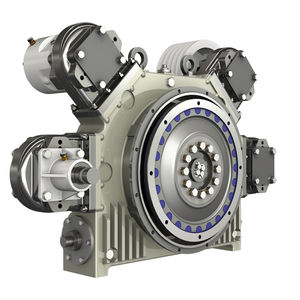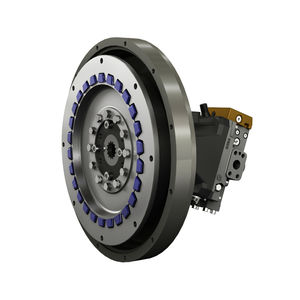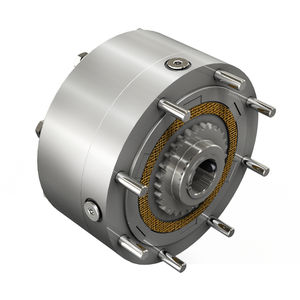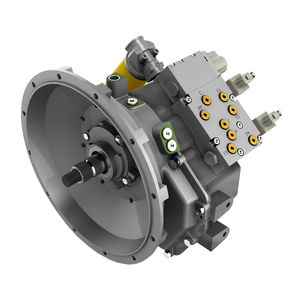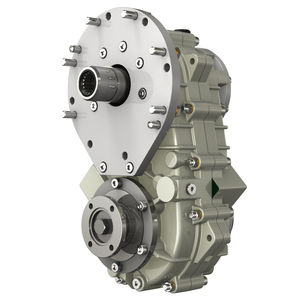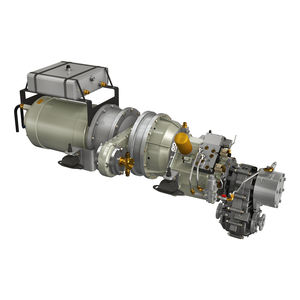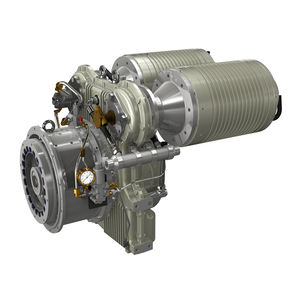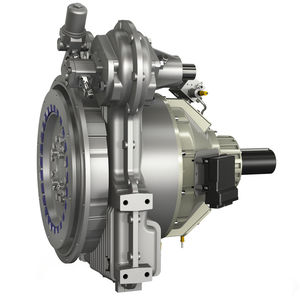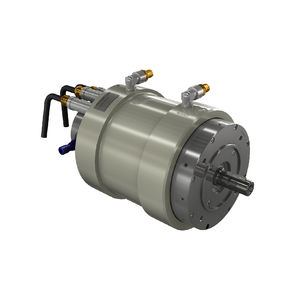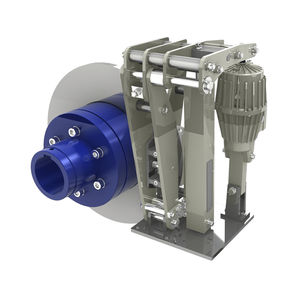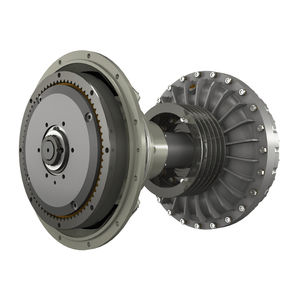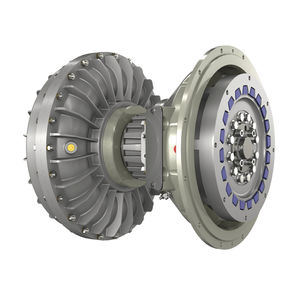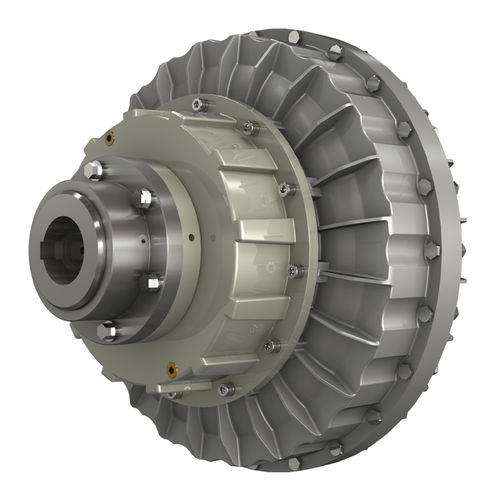
- Company
- Products
- Catalogs
- News & Trends
- Exhibitions
Hydrodynamic coupling K seriesfor electric motorstransmissionfor pumps



Add to favorites
Compare this product
Characteristics
- Type
- hydrodynamic
- Product applications
- for electric motors, transmission, for pumps, for marine applications, for the cement industry, turbine, for diesel engines, gearbox, for agitators, for furnaces and ovens, for wind turbine, fan, blower, for conveyors, for the food industry, for mixers, industrial
- Other characteristics
- heavy-duty, for heavy loads
- Torque
Min.: 0 Nm
(0 ft.lb)Max.: 21,000 Nm
(15,488.8051 ft.lb)- Rotational speed
Min.: 600 rpm
(3,769.91 rad.min-1)Max.: 4,000 rpm
(25,132.74 rad.min-1)
Description
HYDRAULIC COUPLING FOR ELECTRIC ENGINES – STARTER
The TRANSFLUID coupling (K series) is a constant filling type comprising of three main elements:
Driving impeller (pump) mounted on the input shaft.
Driven impeller (turbine) mounted on the output shaft.
Cover, flanged to the output impeller, with an oil-tight seal.
The first two elements can work both as a pump and/or turbine.
CONSTANT FILL FLUID COUPLINGS: OPERATING CONDITIONS
The TRANSFLUID constant fill fluid coupling is a hydrokinetic transmission.
The impellers perform like a centrifugal pump and a hydraulic turbine. An input drive to the pump (e.g. electric motor or Diesel engine) kinetic energy is imparted to the coupling oil. The oil moves by centrifugal force across the blades of the turbine towards the outside of the coupling.
This absorbs the kinetic energy and develops a torque which is always equal to input torque, thus causing rotation of the output shaft. The wear is practically zero since there are no mechanical connections. The efficiency is influenced only by the speed difference (slip) between pump and turbine.
The slip is essential to the functioning of the coupling: there could not be torque transmission without slip! The formula for slip, from which the power loss can be deduced is as follows:
slip %=((input speed – out speed) / input speed) x 100
In normal conditions (standard duty) the slip can vary from 1,5% (large power) to 6% (small power).
The TRANSFLUID constant fill fluid coupling follows the laws of all centrifugal machines:
Transmitted torque is proportional to the square of input speed;
Transmitted power is proportional to the cube of input speed;
Catalogs
K - CK - CCK FLUID COUPLINGS
32 Pages
Related Searches
- Flexible shaft coupling
- Shafts coupling
- Friction brake
- Flange shaft coupling
- Spring brake
- Disc brake
- Torque shaft coupling
- Friction clutch
- Transmission shaft coupling
- Sleeve shaft coupling
- Compact coupling
- Engine shaft coupling
- High load capacity coupling
- Hydraulic brake
- Safety brake
- Pump shaft coupling
- Industrial shaft coupling
- Drive system
- Disc clutch
- Emergency brake
*Prices are pre-tax. They exclude delivery charges and customs duties and do not include additional charges for installation or activation options. Prices are indicative only and may vary by country, with changes to the cost of raw materials and exchange rates.




